Over 150 Years After its Founding, Cornell Still Wrestles With Legacy of Indigenous Dispossession
Far above Cayuga’s waters, Cornell’s sprawling main campus sits on 2,300 acres of land. While today it is a bustling hub of academics and research, the land is also the traditional homeland of the Gayogo̱hó꞉nǫ’ people. Cornell’s history of dispossession of the lands of Indigenous peoples is long, stretching back to the University’s founding. Cornell profited off of and continues to profit from land that was home to more than 200 Native tribes.
by Camden Wehrle for The Cornell Daily Sun, May 8, 2023.
Cornell Stole Native Land and All We Got Was This Land Acknowledgment
At Cornell, land acknowledgment statements have become a lukewarm formality, an excuse for inaction and ignorance. These statements of guilt, which can be important stepping stones for advancement, only add insult to injury when given halfheartedly and when not followed by real change.
by Gabriel Levin for The Cornell Daily Sun, September 26, 2022.
Journalist Tristan Ahtone and Historian Robert Lee Discuss Indigenous Dispossession and Land Grant Universities, Including Cornell
In the 2022 Kops Freedom of the Press Lecture, journalist Tristan Ahtone and historian Robert Lee discussed how their investigation of how land grant universities, including Cornell University, financially benefited from Indigenous displacement.
by Tristan Ahtone (Kiowa Tribe) and Dr. Robert Lee for The American Studies Program at Cornell University, September 13, 2022.

How Commonwealth universities profited from Indigenous dispossession through land grants
This article discusses landholding activities by universities in Canada, the United States, New Zealand, South Africa, and Australia.
by Caitlin Harvey for The Conversation, July 5, 2022.

Morrill Hall and Land Grab Universities
Professors, students, and staff who go to work and learn in Morrill Hall each day may be unaware of the building’s namesake, and what he means to Indigenous people in the United States.
written for Cornell’s Department of Science & Technology Studies

Indigenous people across the US want their land back – and the movement is gaining momentum
Around this time every year, Americans come together to share a feast commemorating a myth about its first inhabitants. Nearly 400 years later, the descendants of the very tribe at the heart of the Thanksgiving holiday are still fighting to reclaim their lands — a fight that ironically hinges on whether or not the tribe meets the federal government’s definition of “Indian.”
by Harmeet Kaur for CNN, November 26, 2020.

Researchers and students call for Cornell to reconcile history with Indigenous Peoples
At Cornell, a faculty group organized through the American Indian and Indigenous studies program started the Cornell University and Indigenous Dispossession Project, which aims to investigate the benefits reaped from the 19th century act.
by Jyothsna Bolleddula for The Cornell Daily Sun, October 28, 2020.

Indigenous students demand recognition of Cornell’s history, recourse for injustice
Indigenous students on campus have launched a campaign to respond to Cornell’s founding — demanding increased funding, a land acknowledgement and a mandatory class.
by Kathryn Stamm for The Cornell Daily Sun, October 28, 2020.

Faculty research university’s ties to Indigenous dispossession
A faculty committee is exploring Cornell’s history as a land-grant institution and the nation’s dispossession of Indigenous peoples.
by James Dean for The Cornell Chronicle, October 12, 2020.

Cornell University: The erasure of memory
Op-ed for LA Progressive by current Cornell professor.
by Professor Eric Cheyfitz, June 7, 2020.

Opinion: Ask who paid for America’s universities
Cornell, Virginia Tech, Ohio State and many more were created with wealth stolen from Indigenous people.
by Tristan Ahtone and Dr. Robert Lee for The New York Times, May 7, 2020.

Cornell’s land grant heritage: A sinister tradition?
by Sean O’Connell for The Cornell Daily Sun, April 24, 2020.
